19.07.2017
More than 300 data reels, some from Apollo-Era missions, were discovered in a deceased Pennsylvania man’s basement, FOIA documents reveal.
Just weeks before Christmas in 2015, NASA learned of a tantalizing discovery.
In the basement of a deceased Pennsylvania man's home sat 325 magnetic data reels and two enormous computers, each dating back to the Apollo Era of spaceflight, which put the first humans on the Moon. The more than 40-year-old artifacts were in bad condition, but bore the markings of NASA's Goddard Space Flight Center and Jet Propulsion Laboratory. No one, except for maybe their last owner, knew what was on them.
NASA had received a tip from a metal scrapper—an acquaintance of the man—who said he was bequeathed the artifacts but "wanted to do the right thing," and return them to the agency.
Some of the tapes were labeled Pioneer 8 and Pioneer 9; space weather missionsthat sent satellites into solar orbit as early as the mid-1960s. The Helios-A probe journeyed 46.5 million kilometers from the Sun, setting a record for the closest perihelion at that time.
Other tapes referenced the more famous Pioneer 10 and Pioneer 11 probes, responsible for our first detailed images of Jupiter and Saturn during the 1970s. Curiously, some former NASA researchers believe the latter is missing master data that's yet to be recovered, one source told me.

For the next five months, staff at NASA's Goddard Space Flight Center in Greenbelt, Maryland, attempted to glean what was stored on the data reels. Motherboard first learned of the investigation through a NASA Office of Inspector General (OIG) report that we obtained using a Freedom of Information Act request. These same documents were also reported by Ars Technica on Friday. The name of the last owner of the tapes is redacted in the OIG report.
Goddard archivists looked for signs of value, conferring with scientists about whether any missions were missing data. In 2006, for instance, NASA confessedthat it likely reused 45 tapes containing original footage of Apollo 11 astronauts Neil Armstrong and Buzz Aldrin's iconic July 20, 1969 moonwalk. Even today, the specter of the Apollo 11 tape blunder still looms over the agency.
"I should add that I keep using 'Apollo' as an example of what we would deem historically significant only because of the Apollo tape loss issue a few years ago," wrote a Goddard employee whose name was redacted, to colleagues in April 2016, also noting they were "unable to find any labels that indicated Apollo content."
But clearly, hope still lingers.
"The stack does appear to be instrumentation analog tapes," a NASA employee wrote in a different email about the tapes' history.
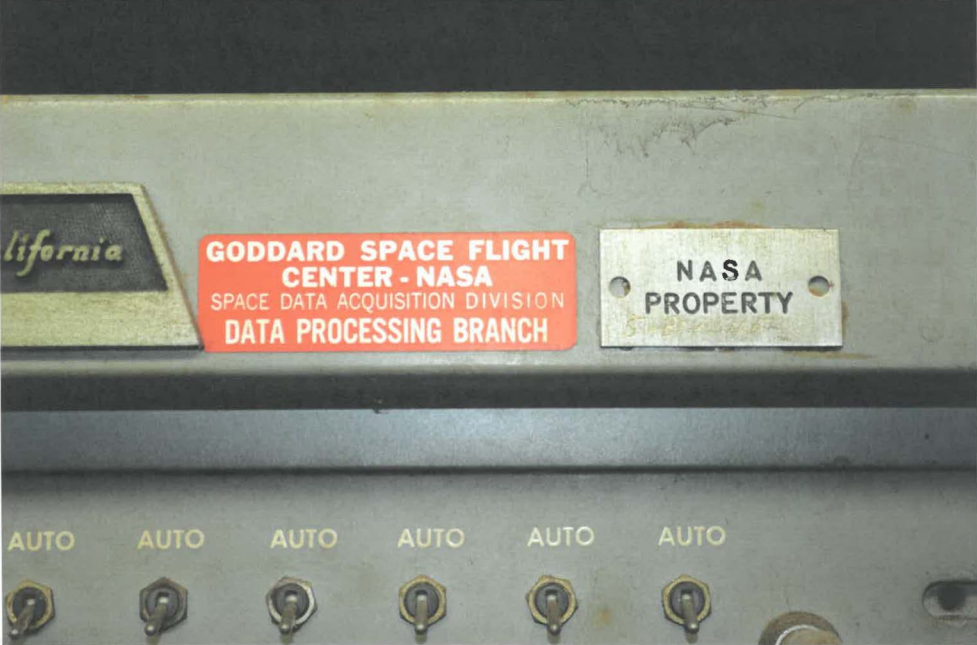
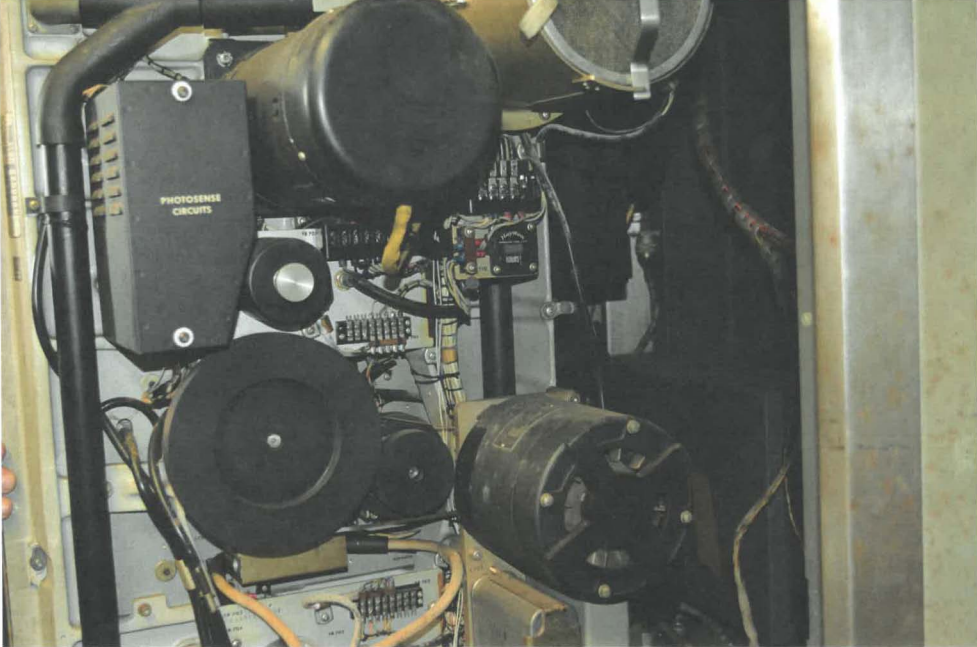
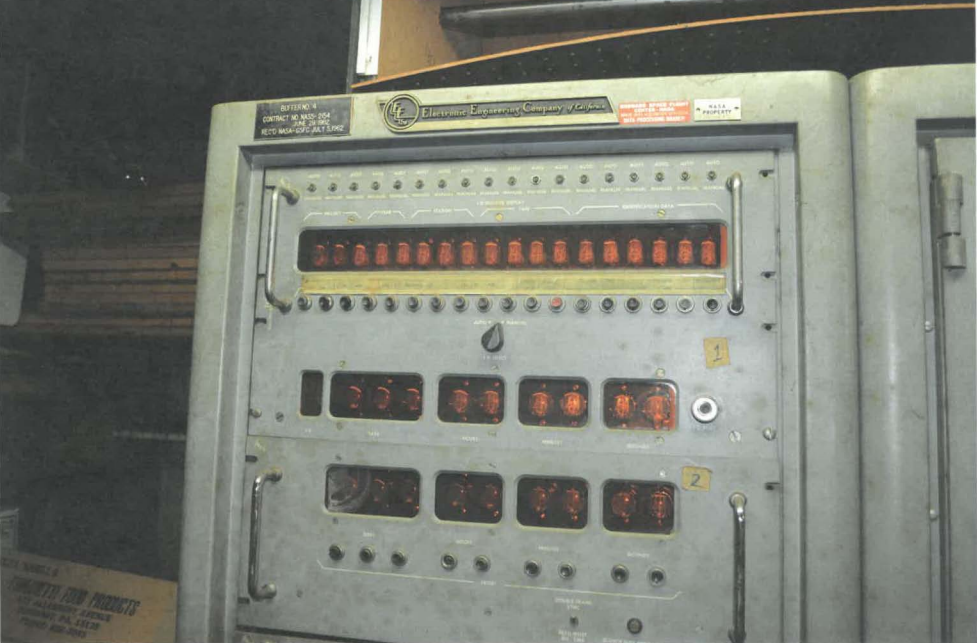
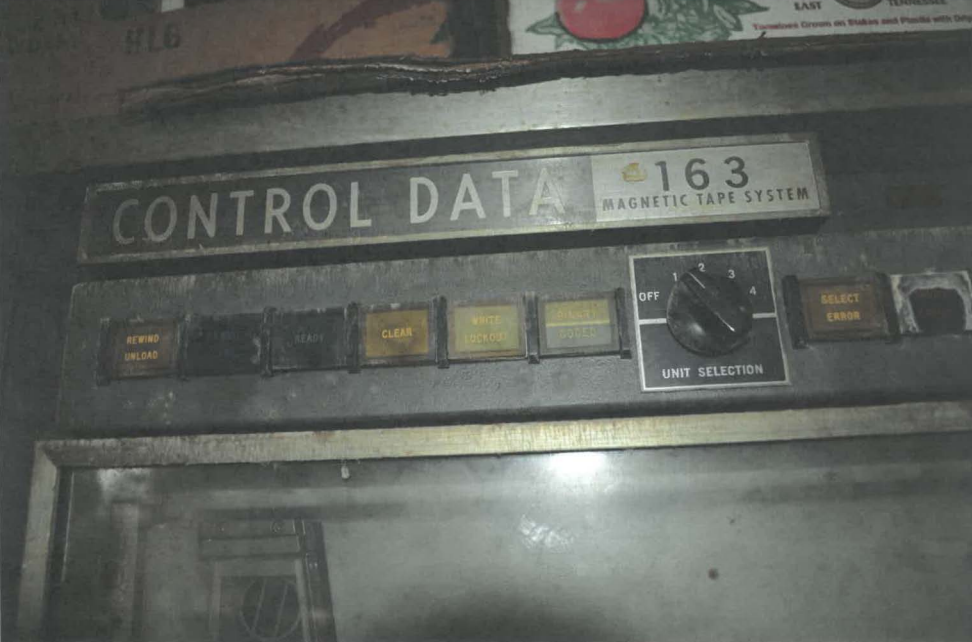
Whether the tapes contain original or copied data is unclear. Copies were often made as backups, or for extracting data and working with the results.
"If you only have one tape of the data and it is eaten by a tape drive, demagnetized by some buffer, coffee spilled on it...you have no data, so it is common to make some backup copies," Larry Kellogg, a former NASA systems engineer who worked with Pioneer 10 and Pioneer 11 equipment, told me.
Approximately 215 reels were unlabeled, and NASA believes they may be blank, since labels were often removed before a tape was "scratched" or reused. (Back then, magnetic tape was an expensive recording medium, and it wasn't uncommon for NASA to overwrite reels as a cost-saving measure.)
The labeled reels, however, could have been "copies of copies of copies," Keith Cowing, a former NASA space biologist and editor at NASA Watch, told me.
"With this many tapes, I'll bet they're not original. But it doesn't matter," he added. "Someone has a library of data from these missions."
Many details from the investigation are still fuzzy, and the names of everyone involved, including that of the collector, have been redacted under privacy exemptions.
Motherboard did confirm the tapes were subsequently destroyed, however.
NASA Goddard's Supply & Equipment Management Branch Office told me today that "all magnetic data tape reels were picked up by the Agency Recycler, UNICOR, on 9/2/16. GSFC received a Certificate of Destruction from the UNICOR processing facility signed and dated 9/6/16."
Their disposal, according to the office, was governed by NASA Procedural Requirements, which outlines protocols for the "identification and disposition of potential artifacts."
Salvaging their data would've been "very costly," according to one NASA archivist who examined the artifacts. Even then, there was no guarantee that anything could be recovered from the reels, which were described as severely "moldy."
The computers, which NASA did not want, were left at the man's Pittsburgh residence. ("Please tell NASA these items were not stolen," someone close to the collector told the metal scrapper, alleging they were donated to him by a local IBM facility.)
"NASA takes records retention matters very seriously, so upon receiving notice about these former NASA assets, NASA undertook a new inspection in 2015-2016," a NASA spokesperson told me on Monday.
"NASA determined that the magnetic tapes were in all likelihood erased prior to their original disposition," they added. "In addition, the tapes were suffering from extensive mold contamination. Weighing these factors, the agency determined the magnetic tapes were of no intrinsic or informational value to the agency."
But if the dates on the tapes are accurate, ranging from 1961 to 1974, they coincide with a time in NASA history when thousands of data reels were destroyed, abandoned, or repurposed. As a result, there are gaps in data from many of NASA's older missions.
A 1990 report from the US General Accounting Office (GAO) to the House Committee on Science, Space and Technology once castigated the agency for not archiving potentially valuable data, it claimed.
According to evaluators, required data for 18 out of 263 major science missions between 1968 and 1987 was never sent to an archival facility by NASA. For each the Pioneer 10 and Pioneer 11 missions, NASA estimated that 30 to 59 percent of mission data was archived at Goddard's National Space Science Data Center (NSSDC), the agency's permanent archive for space science mission data—a level of archival effort the NSSDC categorized as "good."
The GAO report described one NASA data user who "released thousands of tapes because he could not afford continued storage and was reluctant to raise the retention issue all the way up to the Goddard director," and, wanting to salvage some of them, "authorized the destruction of every other carton of tapes."
At the time, NASA cited a lack of formal agreements between itself and researchers, as well as weak guidelines for the archiving of certain data, when explaining why so much data had not been saved. Since then, the agency has adopted a new records management system in partnership with the National Archives and Records Administration, which strictly enforces what data can be destroyed.
If the reels "were experimenter [science] tapes, their data had already been archived and available, so spending a lot of time to find a way to read them and decode them would be a waste of money for what was already available," Kellogg theorized.
"When the Pioneer missions ended," he said, "the computer space at Ames [Research Center, home to the Pioneer Project Office,] was used for the Lunar Prospector mission and then turned into office space for the Kepler Mission."
NASA later converted Pioneer 10 and Pioneer 11 MDRs, which were by then in poor condition, to Optical CDs for modern use, and the old MDRs were released for disposal. However, Kellogg couldn't guess as to whether the Pennsylvania collection contained MDRs without seeing the reels.
One possible, though speculative, match could be the missing data from the Pioneer 10 Jupiter encounter, which is the mission that gave us unprecedented images of the Gas Giant and its moons, transmitted by the probe on December 4, 1973.
In 1980, NASA noticed that Pioneer 10 and Pioneer 11 were slowing down through interstellar space, veering off their expected trajectories—an event that's now called the "Pioneer anomaly," and has been attributed to thermal forces pushing the spacecraft backward.
Decades later, a team of researchers, hoping to investigate the anomaly, obtained Pioneer MDRs from Kellogg, who had copied the files onto a modern computer. But looking at the files in aggregate, it appeared that nine days of Pioneer 10 MDRs from 1973 were missing. According to NASA transcription logs, data for these days was never transcribed from original MDRs to Optical CDs.
"Maybe someone wanted to see if they could get the data used for making the image of Jupiter and generate an image using newer software," Kellogg reckoned. "We couldn't confirm that. You just have those flashes of memories of something that might have been said several years back and you are not sure it wasn't a dream."
In its investigation, NASA made no mention of the missing Pioneer 10 tapes, but did reference the "heroic effort" to recover data around the anomaly.
I asked NASA if it considered these missing tapes during its audit. "Pioneer was discussed in detail..." a NASA spokesperson told me.
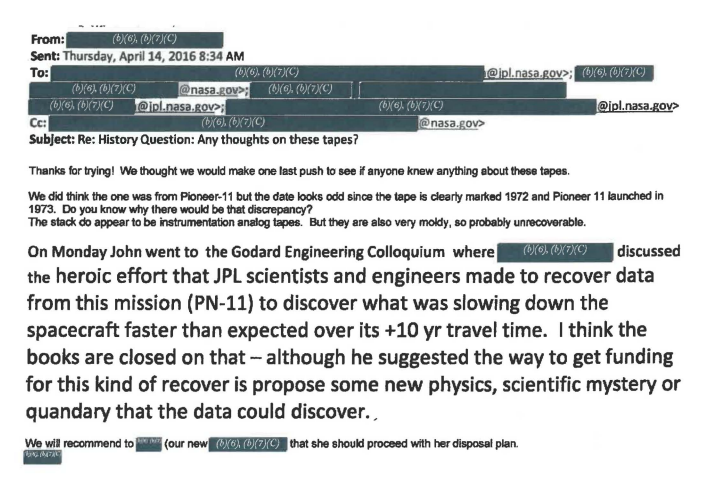
The least mysterious element to this story is that someone managed to collect so much NASA stuff.
During the 1970s and 1980s, surplussed items were frequently auctioned off by NASA. Technology became obsolete, funding dried up, or there just wasn't enough space. Some items survive today in private collections; others were repurposed as scrap. Other times, employees and contractors took materials that could have otherwise been destroyed.
The Apollo Era was especially notorious for this.
"A lot of these things have come up on eBay, for example, over the last 10 years. Or in auction houses. Collectors also trade items that don't go through auctions in private, quiet sales," David Meerman Scott, a space collector and author of Marketing the Moon: The Selling of the Apollo Lunar Program, told me.
This particular trove, considered treasure by some, and trash by others, is likely one of many NASA collections that exists, unknown. Perhaps, with a little luck, their excavation will uncover new discoveries about historic endeavors.
Quelle: Motherboard
